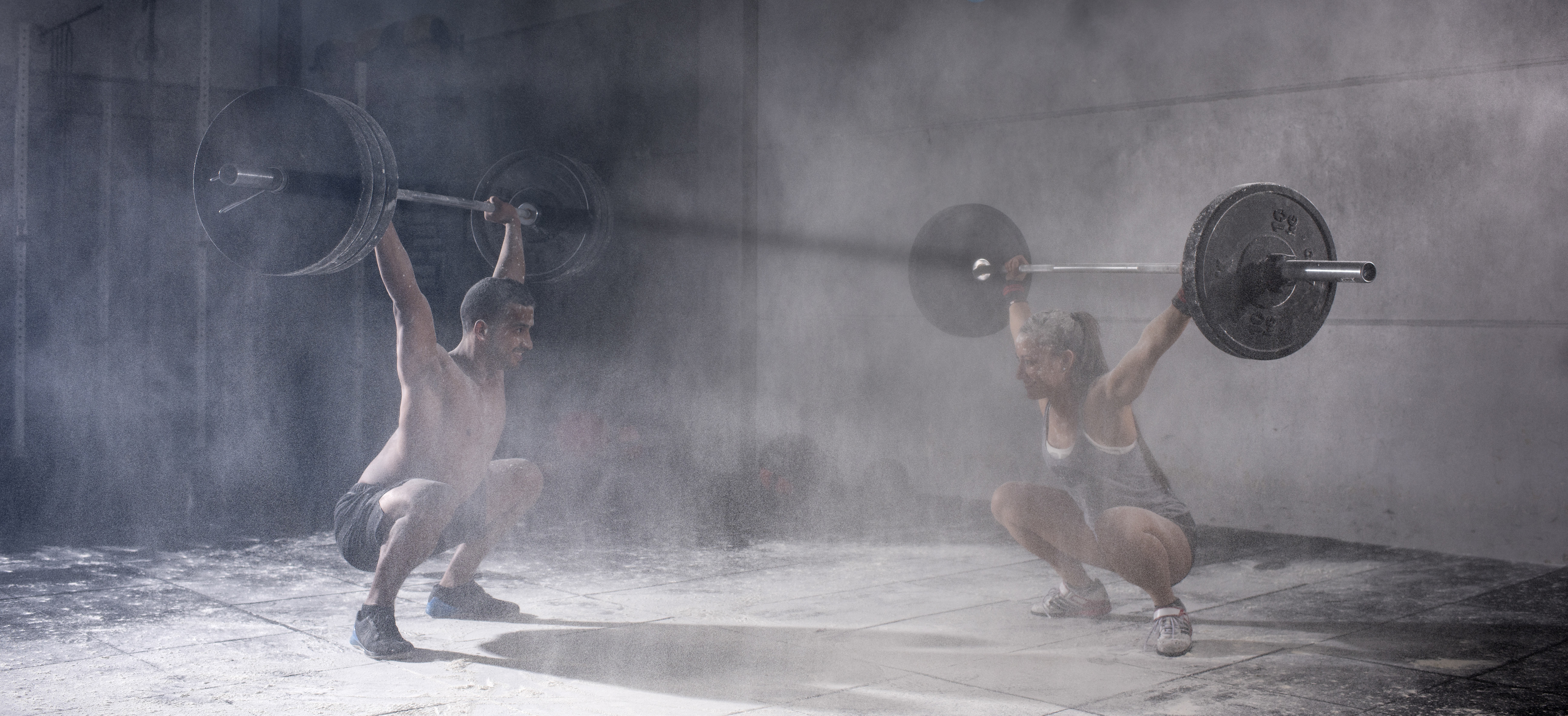Reaching Full Depth: the Importance of Range of Motion
You may hear the phrase ‘range of motion’ get thrown around by coaches at the gym. What exactly is it and why do they keep going on about it? It really all comes back to the most basic reason for pursuing fitness at all – to be able to stay active and healthy throughout your life. Of course, looking good is a great benefit of fitness and some like to compete, but at the very foundational level, none of us want to be shopping for groceries on a scooter in our 70’s. We want to be moving, active, and feeling good for as long as possible!
So back to range of motion…
Range of motion (ROM) can be defined two ways: 1) it’s the distance and/or direction a joint can move and 2) it’s the range of motion that an exercise requires. Optimally, we are moving to the end range of our ROM with each movement in order to maintain and increase joint strength and flexibility. Boom! That’s it…mic drop.
Not really, though. There’s more! Joint range of motion typically declines with age and inactivity, but it can be increased not only with stretching and mobility exercises but also through strength training at a full range of motion.
So you have the opportunity to ultimately sidestep that whole aging joints/can’t move issue by training movements in the full range of motion now. That may mean you lower the weight a little so you can get to your end range in the movement, but even by lowering the weights, you’ll increase strength and build muscle more so than if you perform the movements for a shorter range with a heavier load. How do you know if you need to lower the weight? If you can’t perform the movement to full ROM or with good technique, drop some weight until you’ve mastered those two elements for the movement. Then you can start adding the weight back on!
Of course, every body is different and, therefore, everyone’s range of motion will vary. Unless you’re rehabbing an injury, always perform a movement to your end range, whatever that maybe. If you’re not able to squat to below parallel, find the limit of your ROM and work to not only hit but slightly challenge that with each rep. Slowly, you can increase your end range, but if you try to force it right away, you’ll end up with bad form, create unhealthy movement patterns, and set yourself up for potential injury.
It always comes back to form and technique, right? And range of motion is tucked up right in the middle of all that. Prioritize technique and good range of motion over heavy weights and speed, and you’ll see awesome results, avoid injury, and keep moving for a long time!
Sources:
- Journal of Strength and Conditioning Research
- Healthline, https://www.healthline.com/symptom/limited-range-of-motion
- NCBI, https://www.ncbi.nlm.nih.gov/pubmed/21969080
- Stack, https://www.stack.com/a/what-does-range-of-motion-mean-and-why-is-it-so-important

